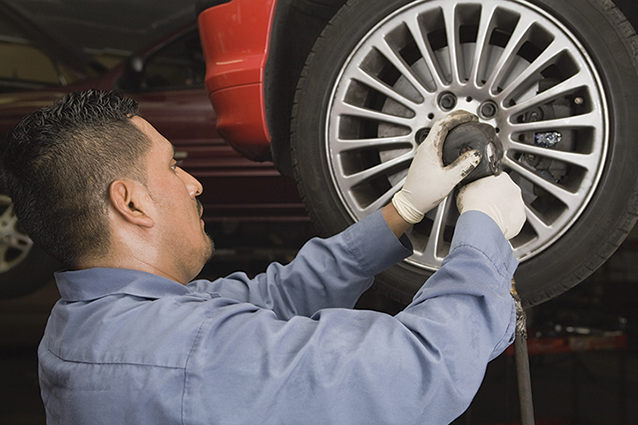Inflation has been a hot topic for several years, as the cost of everything from groceries to gas to housing has increased considerably since 2019. Cars are no exception to that phenomenon, and anyone who has purchased a new car over the last half decade likely experienced some sticker shock when they started their search for a new vehicle. Data from Kelley Blue Book indicates the average cost of a new car was $37,590 in 2019. By 2023, the average cost had risen to $47,899. That marks an increase of more than 27 percent in a four-year period.
Cars are indeed a significant investment, which underscores the importance of vehicle maintenance. Maintenance is more than just tending to what’s under the hood. Tires also require drivers’ attention, as aging, damaged tires pose a safety risk that also compromise vehicle performance. Tires are easily overlooked, but the following are four signs tires need to be replaced.
1. Worn tread: automotive experts note that tread depth is the most prevalent indicator that a tire needs to be replaced. They also note that tread depth should always be at least 2⁄32 of an inch throughout the tire. Depth should be measured across the tread and around the circumference. If the tread is at or below 2⁄32 of an inch, the tire should be replaced.
2. Bulges, gouges or cracks: deflated tire bulge at the sides, and that can compromise the safety of everyone in the vehicle. Bulges occur when air gets between the inner liner and outer rubber layers, which can happen after hitting a curb or driving over a sizable pothole. A gouge or cut that is deeper than the outer layer of the tire also necessitates replacement.
3. Poor grip: Drivers may be able to feel certain tire problems, including poor grip, while driving. In such instances, tires may feel as though they are slipping. The tire experts note that low tread can reduce tire traction and cause wheels to slip, which may be more noticeable when accelerating from a stop or driving on wet roads. Drivers who feel their tires are slipping can test the tread and replace tires that are low.
4. Vibration: Vibration is another issue drivers may feel rather than see. And identifying the cause requires noting where the vibrations are felt. A feeling of vibration or thumping that feels like it’s coming from under the seats may indicate the tires are not balanced. A suspension issue could be to blame if the steering wheel feels like it’s vibrating. Either feeling should be brought to the attention of a mechanic immediately.
Tire issues affect vehicle performance and compromise the safety of drivers, their passengers and fellow motorists. When vehicles are not performing at peak capacity, drivers should not overlook various tire issues as a potential cause of such troubles.




